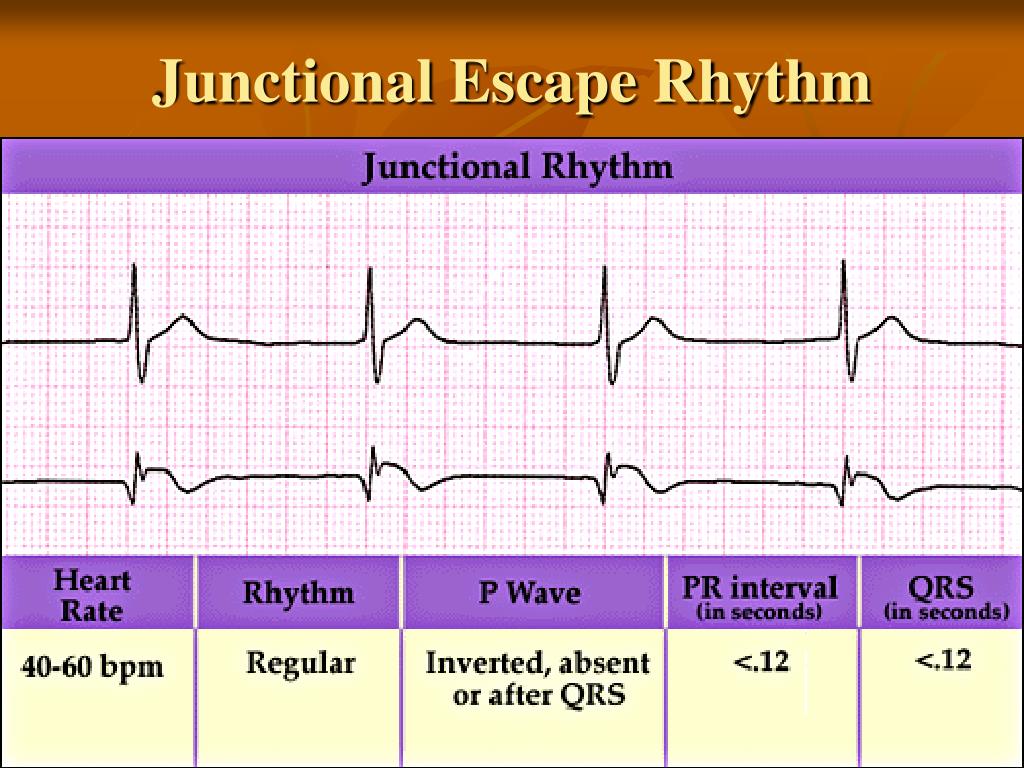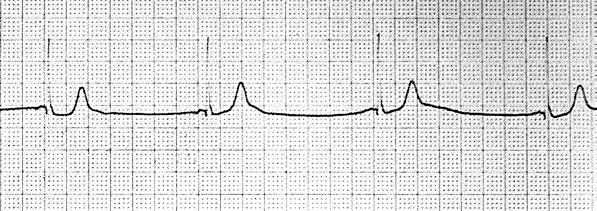

So, if you remember from our review of sinus rhythms, typically, when impulses originate from the primary pacemaker of the heart, the SA node, a P-wave will usually be present on the ECG. In the case of junctional rhythms, the impulses are originating from the Atrioventricular (AV) node junction, the junction in junctional rhythm.

Let’s go!Įssentially, junctional rhythms are the result of electrical impulses, in the heart, that stem from somewhere other than the Sinoatrial (SA) Node that we talked about in sinus rhythms post. So, as always, we are going to keep this sweet and simple. Having a basic understanding of Junctional Rhythms gives you the ability to plan care for your patients, more effectively.Īn interesting thing about Junctional rhythms, is that they can be fairly easy to remember once you understand the definition of a junctional beat and rhythm. The thing is, Junctional Rhythms have popped up multiple times in my nursing career, while working on the floor and in the ICU. There isn’t a vast amount of epidemiological information on Junctional Rhythms, but we do know that they tend to be common in people suffering sick sinus syndrome and in young and athletic individuals ( Junctional Rhythms ).

Why should you spend your time learning about Junctional Rhythms? Are they even that common? Well…. There may be affiliate links associated with some products but we promise that we will never recommend anything that we don’t use ourselves.
Atropine on junctional escape rhythm series#
Any use of the information given in this post series is at your own risk and should be verified prior to making it a part of your nursing practice. Junc in the trunk? Let’s talk about Junctional Rhythms and beats! Disclaimer: This material should be used to supplement your understanding of the cardiovascular system.


 0 kommentar(er)
0 kommentar(er)
